Although the street features several architectural styles, a number of the houses share the distinctive feature of drum-shaped dormer windows (also found on a few Main Street properties). These are typical of the late Georgian period. Daniel MacCannell's 'How to read Scottish Buildings' tells us that "dormers that are round or oval (if viewed from directly above), each containing one standard sash window and slated around the rest of their circumference, are very frequently seen on Edinburgh buildings from the end of the eighteenth century". These remained in fashion until around 1840 when bay fronted dormers became the norm. So the properties with those features are most likely early 19th century.
When viewed from the south, you can appreciate variety of architectural styles that make up the grouping. The 'Upper Largo Conservation Area Appraisal and Conservation Area Management Plan' drafted by Fife Council in 2012 states that:
"In the early 1800’s growth occurred in response to the ferry at Lower Largo and later the railway station and its resort status together with adjacent Lundin Links. The villas and house along South Feus are a reflection of this. The 1861 Parochial Directory for Fife & Kinross notes: ‘Both Lower and Upper Largo are favourite resorts as sea-bathing quarters, a number of the inhabitants letting out a portion of their premises to summer visitors.’"
This suggests an early phase of development triggered by the establishment of a regular steam boat ferry service in the early 19th century and a later stage of new building on the back of the 1857 arrival of the railway. However, the first dwelling on the street predates both of those events. Back around 1790, the house now known as The Grange, but formerly known as Bayview, was built for Adam Wilson. Wilson was the factor for James Calderwood Durham (1732-1808) of Largo House. The role of factor was basically to undertake the day-to-day management of the estate, often overseeing improvements, as well as ensuring the repairs and maintenance, collection of rent, etc were carried out. It was a position of some standing and in this case the factor was given a home in-keeping with the importance of the role.
There is a memorial stone to James Calderwood Durham in Largo Kirk, stating that he had "for many years directed the improvements of this county". His factor Adam Wilson would have facilitated many of those improvements. In 1800, Wilson married farmer's daughter Christian Edie but their union was to be short lived. Adam Wilson died the next year and was buried in Largo Churchyard on 30 September 1801. Christian went on to live to the age of 93, passing away in Upper Largo in 1866.
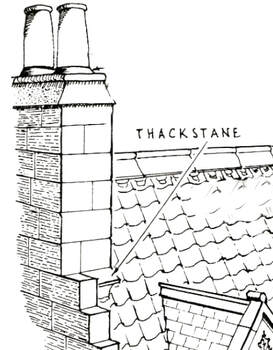
Carlton, 8 South Feus, was so named after the birthplace of Emma Clayton - i.e. Carlton, Huddersfield, Yorkshire. She was married to Robert W. Clayton who owned this property as well as Hallwells in Lundin Mill. Their son was William Clayton, a marine engineer, who died in WW1 and was married to Jessie Clayton, who began La Scala cinema after she was widowed. La Scala was run by her sons Bill and Thomas Clayton for many years. The gable end of Carlton can be seen in the postcard image below, looking west along South Feus.
A later addition to the street was the building on the right of the above image - St Leonards. South Feus had long been home to the village doctor, with Dr George Lumgair settling there in the 1840s at Largo Cottage. He lived out the rest of his life there and his wife Frances died at Largo Cottage in 1900. Lumgair's assistant Dr Stuart Palm married his daughter and had St Leonard's built in 1880. Palm became the village doctor after Lumgair's death in 1884 and remained so until his own death in 1908. Palm's successor Dr William Eggeling also resided at St Leonard's. Another late 19th century building, which filled a gap to the west of Largo Cottage, is Viewfield (number 20), dated 1893.
The newspaper piece below from 30 September 1908 tells of a day of celebration on South Feus. The newly installed doctor, Dr Eggeling, returned from his honeymoon with his wife Ellis Mitchell Wood. The couple were given "a right royal reception", their house was decorated with bunting and a crowd of well-wishers awaited their carriage. That evening the brass band marched along South Feus.
South Feus is said to "turn its back on the village to enjoy the uninterrupted views south across the Firth of Forth". Its elevated position with expansive views of Largo Bay made it a popular place for summer visitors to stay and the address often features in the newspaper archive lists of visitors coming from places like Edinburgh and Glasgow to enjoy the sea air. However, rather than turn away from the village, this street and its residents has always been an integral part of Upper Largo, being home to many people key to the local community from the estate factor, to a series of village doctors, and several local joiners. Peter Broomfield and his son Agnew Broomfield lived at the west end of South Feus, as did the Donaldson joiners in more recent times. The 1964 map of the street, below shows the properties in more detail. What the map conceals is the two centuries of village history connected to this short row of buildings.
Postscript: Many thanks to John Band for leaving a comment pointing out that there is a blocked up access point to Largo House opposite the west end of South Feus (shown in the annotated photograph below). This would have allowed Adam Wilson (and subsequent factors) easy access from their own home on South Feus. Look out for it next time you are passing!
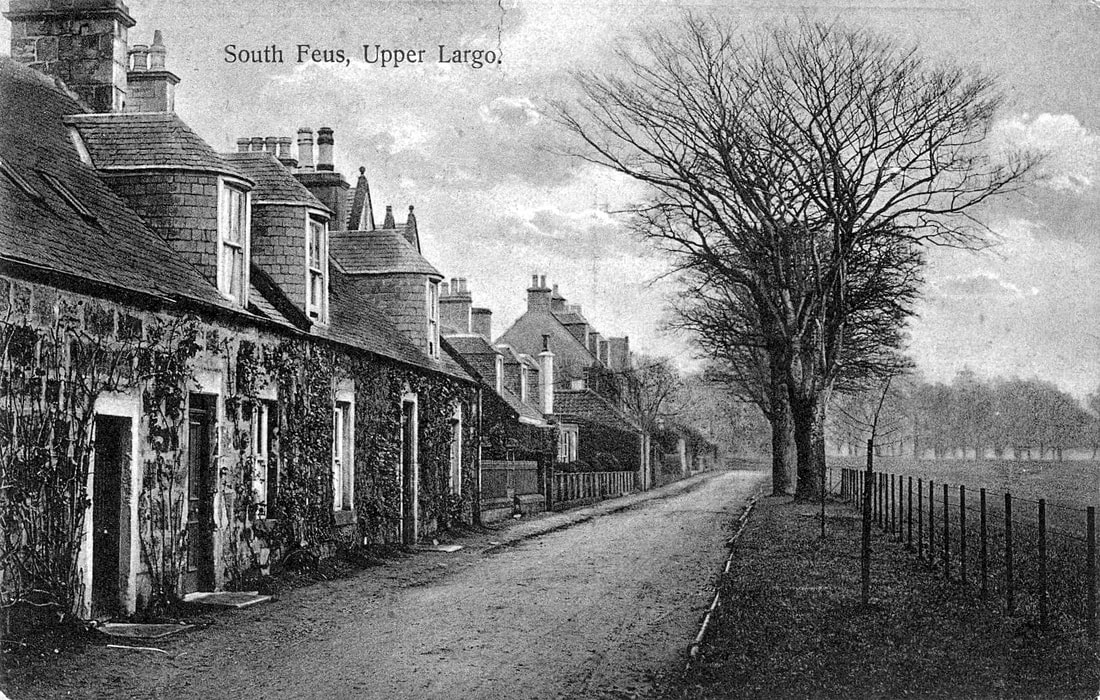
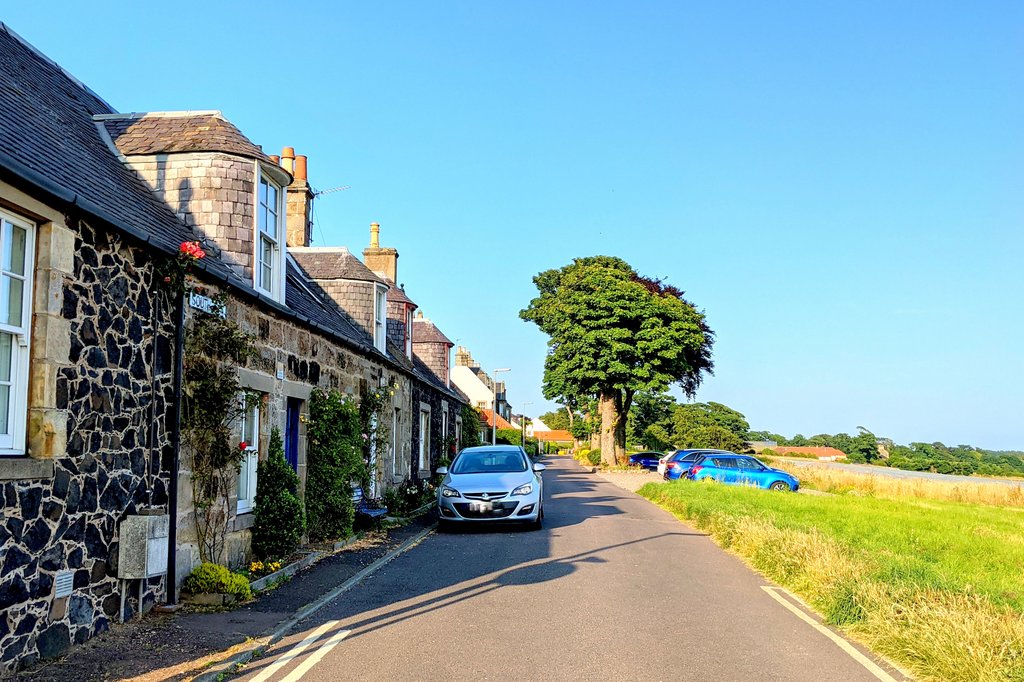
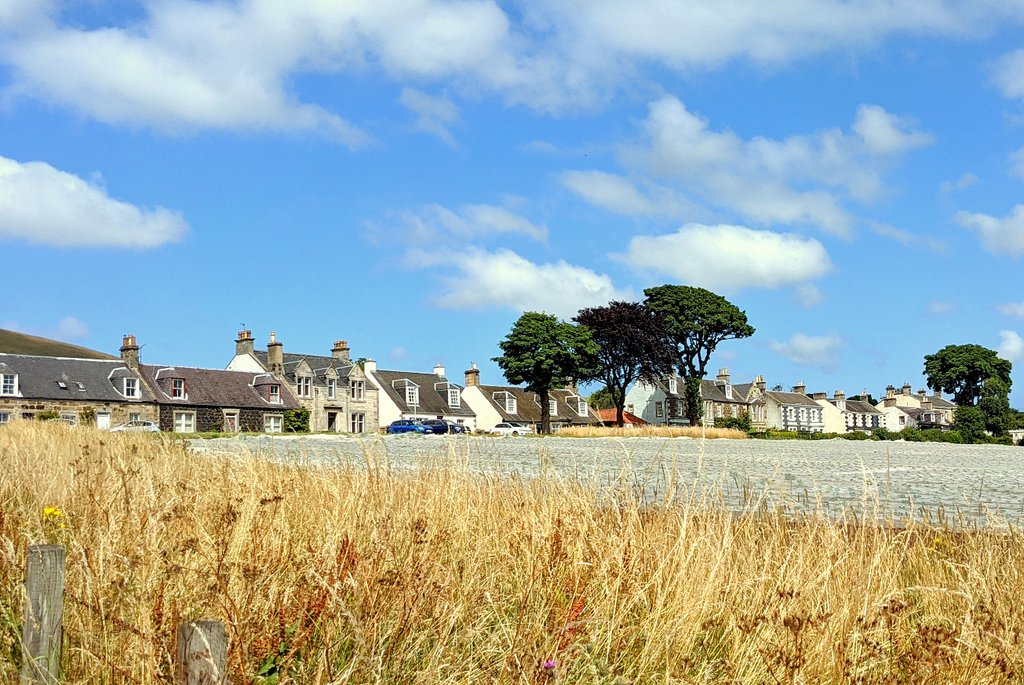
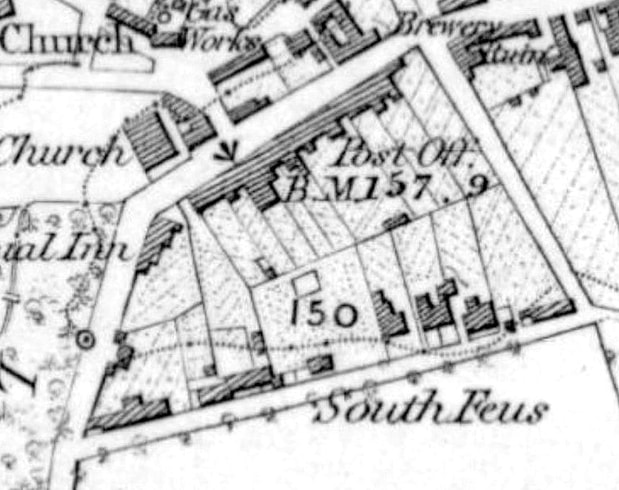
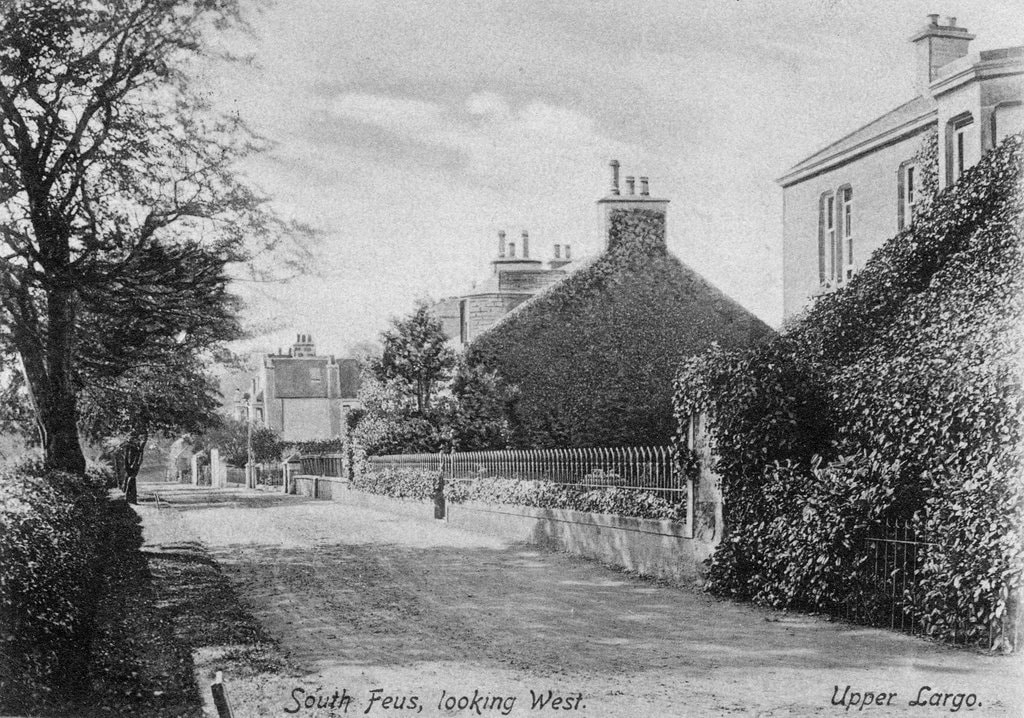
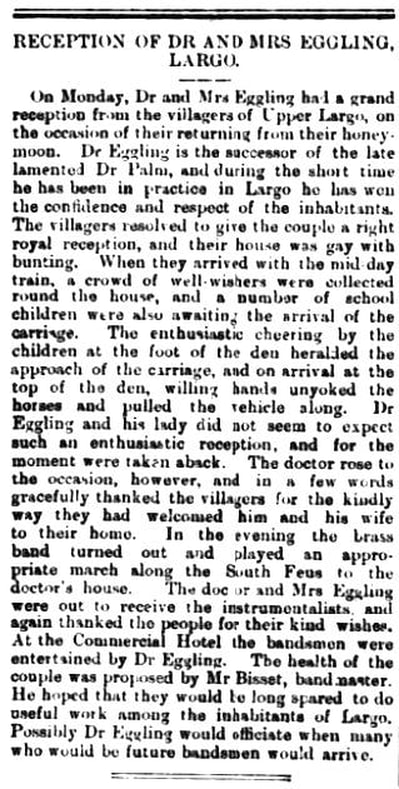
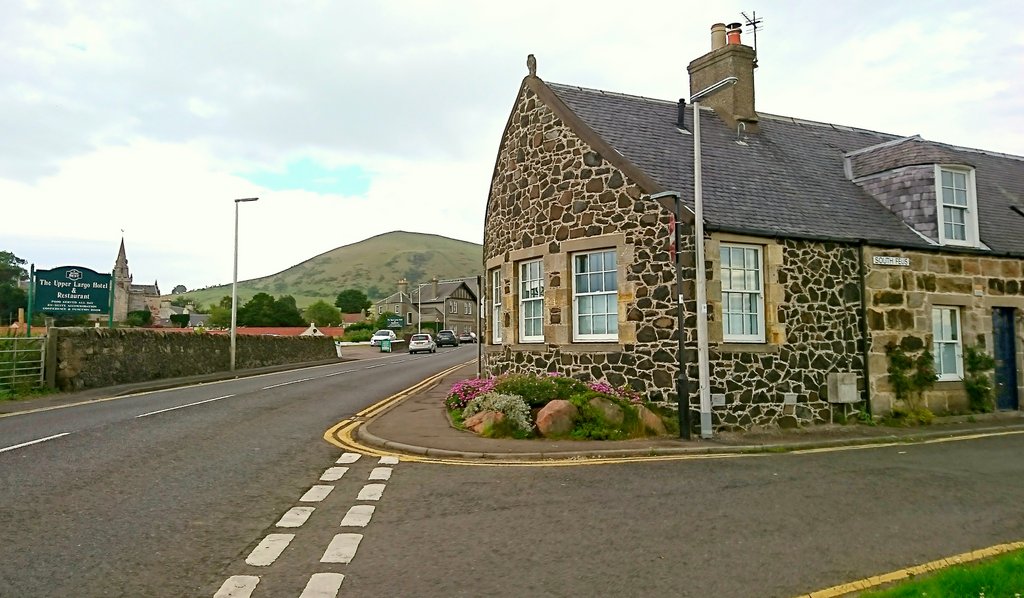
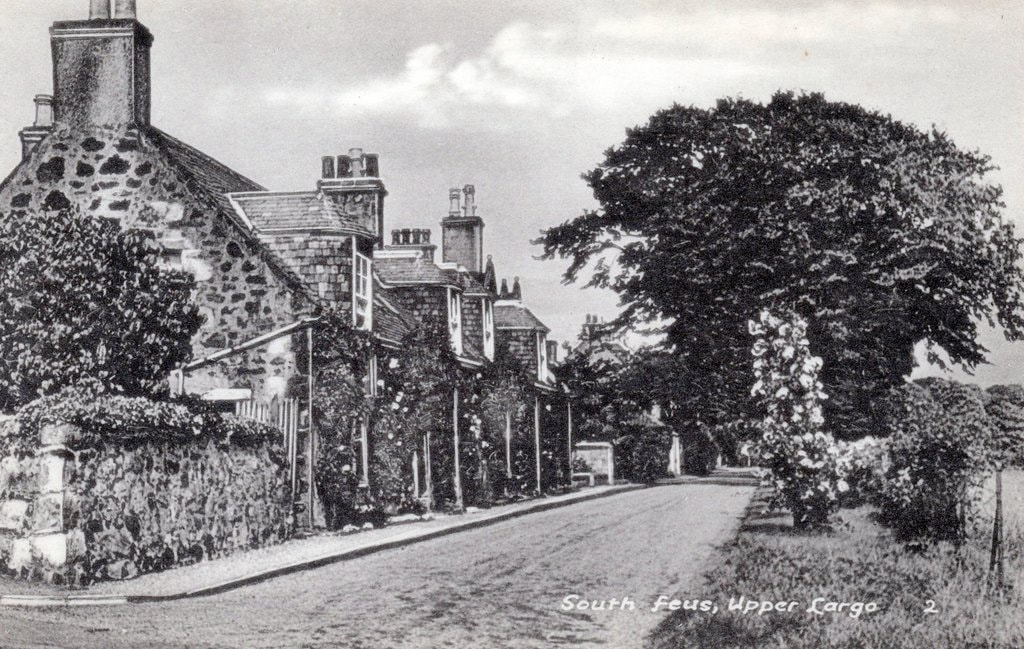
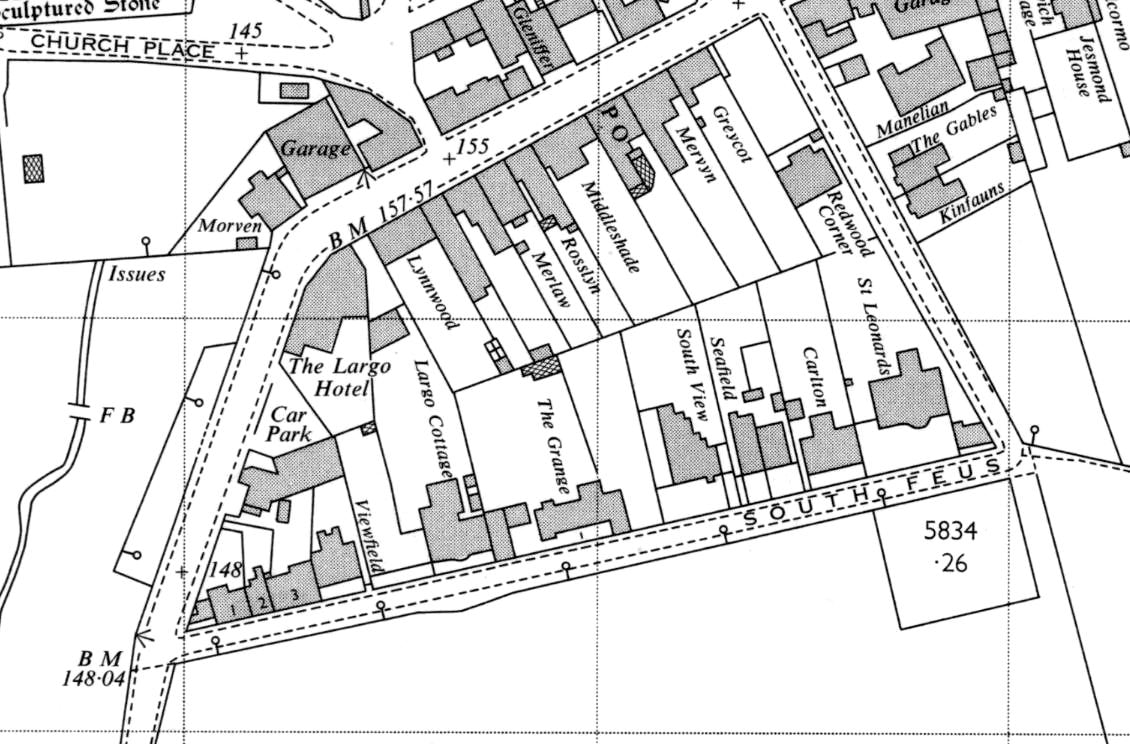

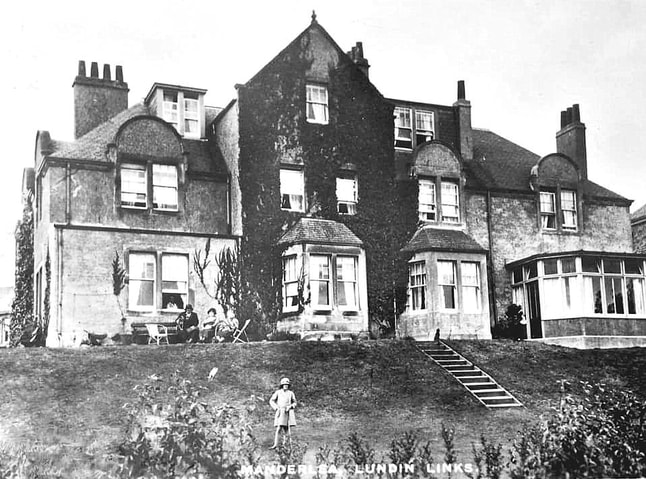


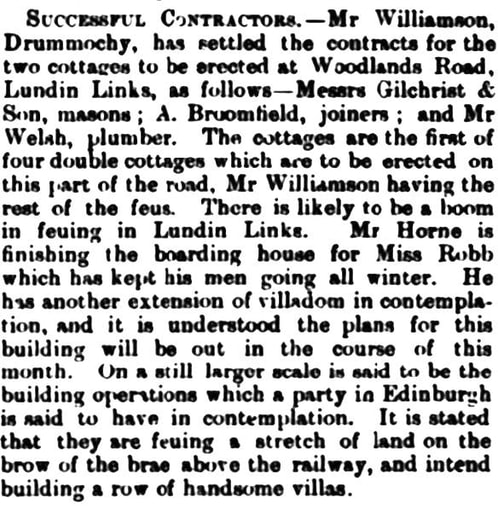
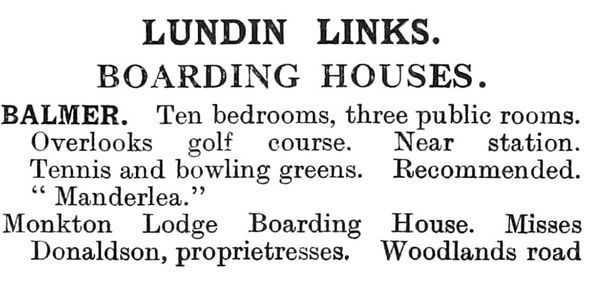
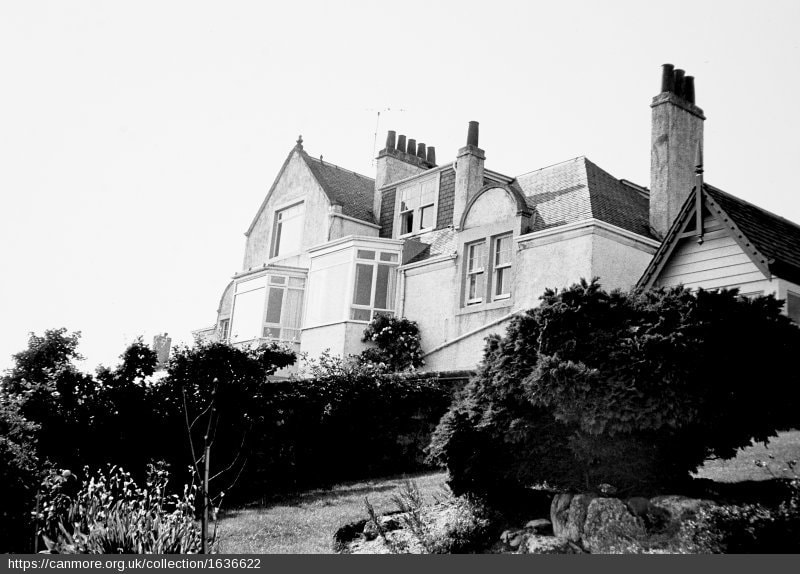
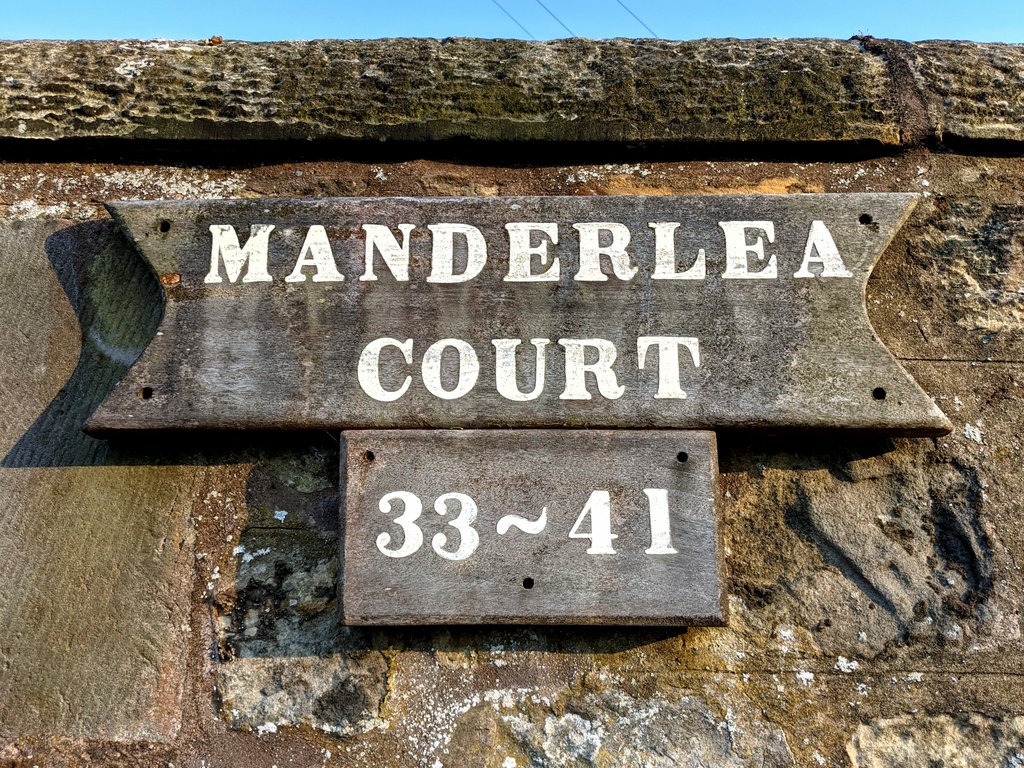
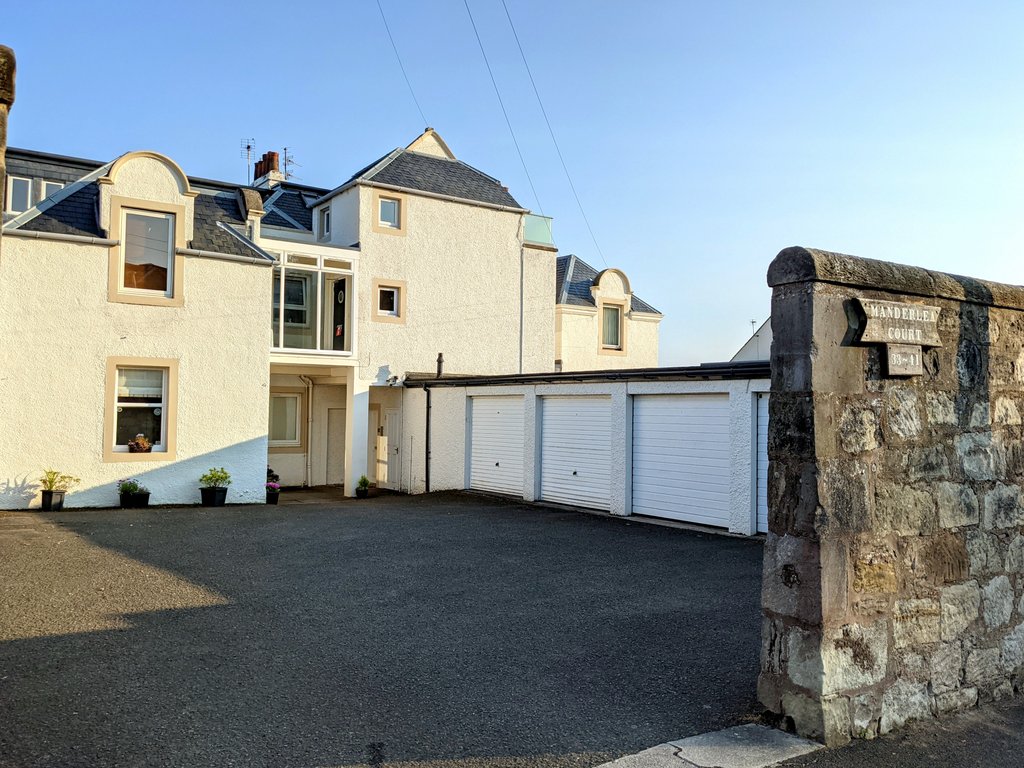
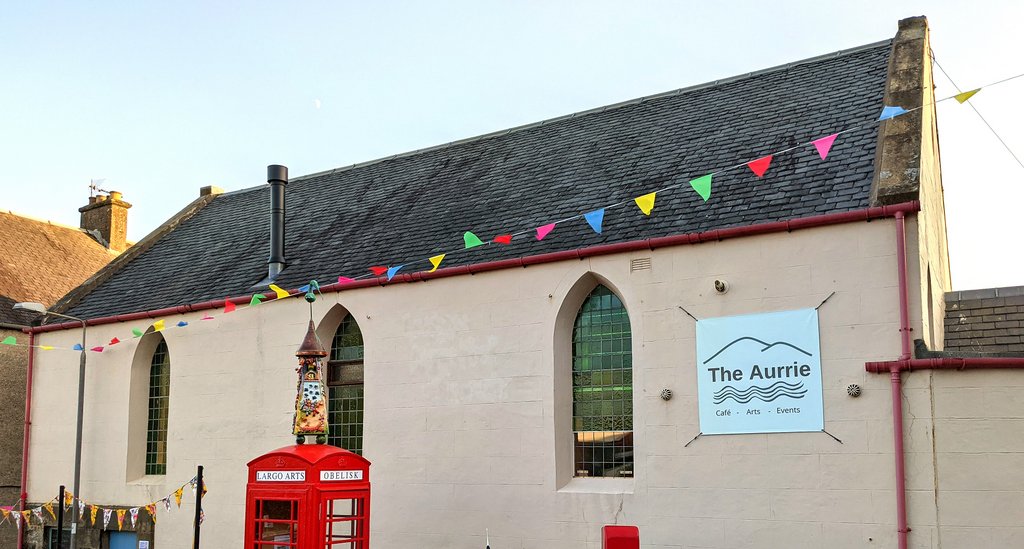
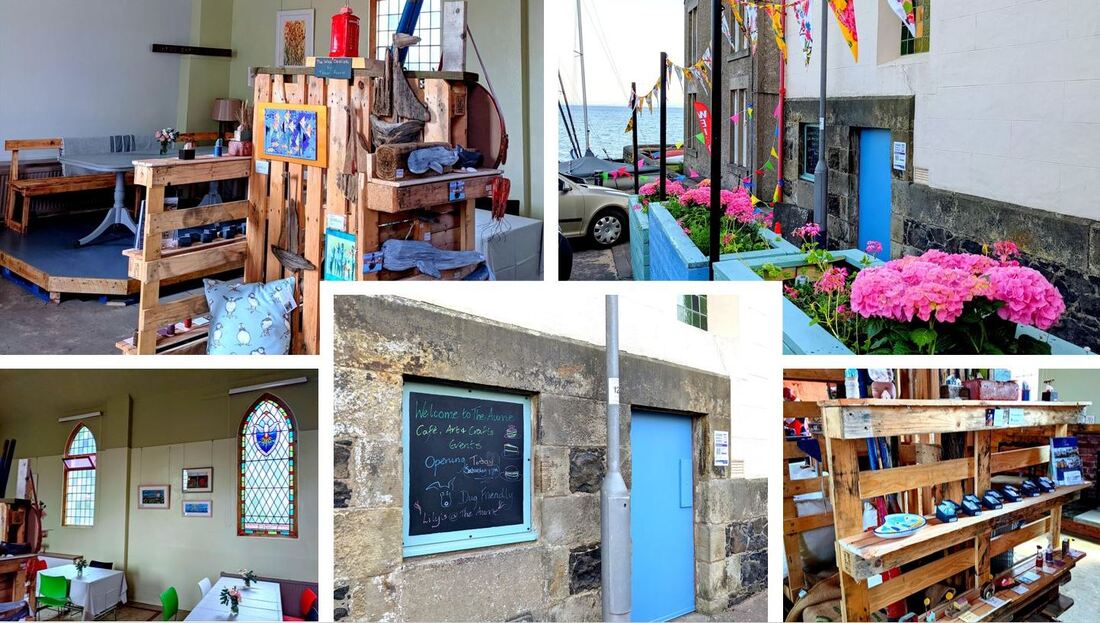

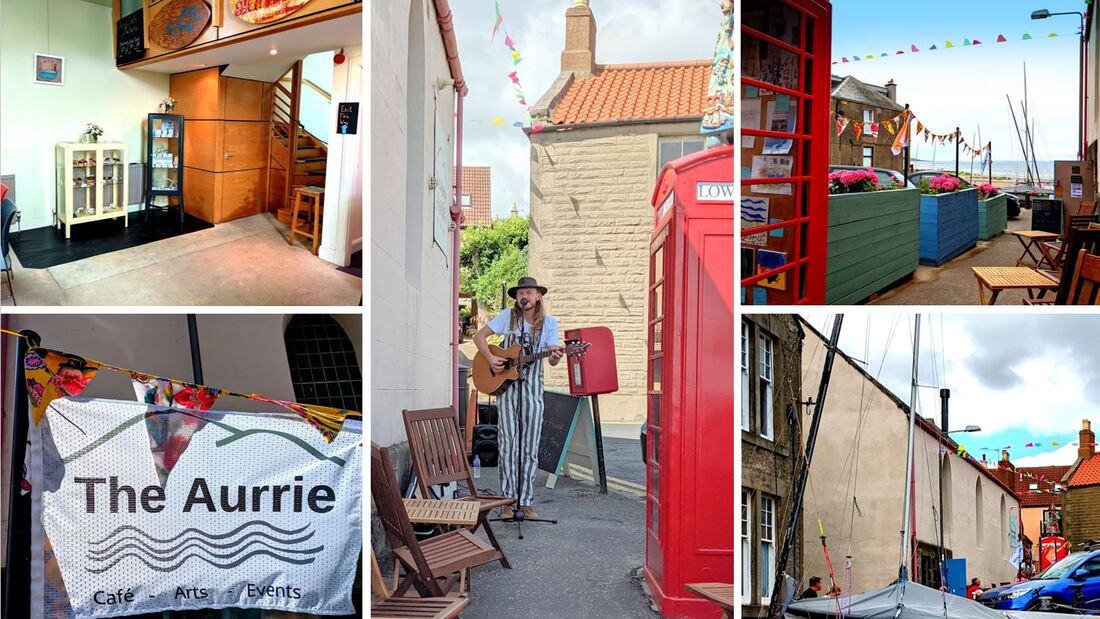
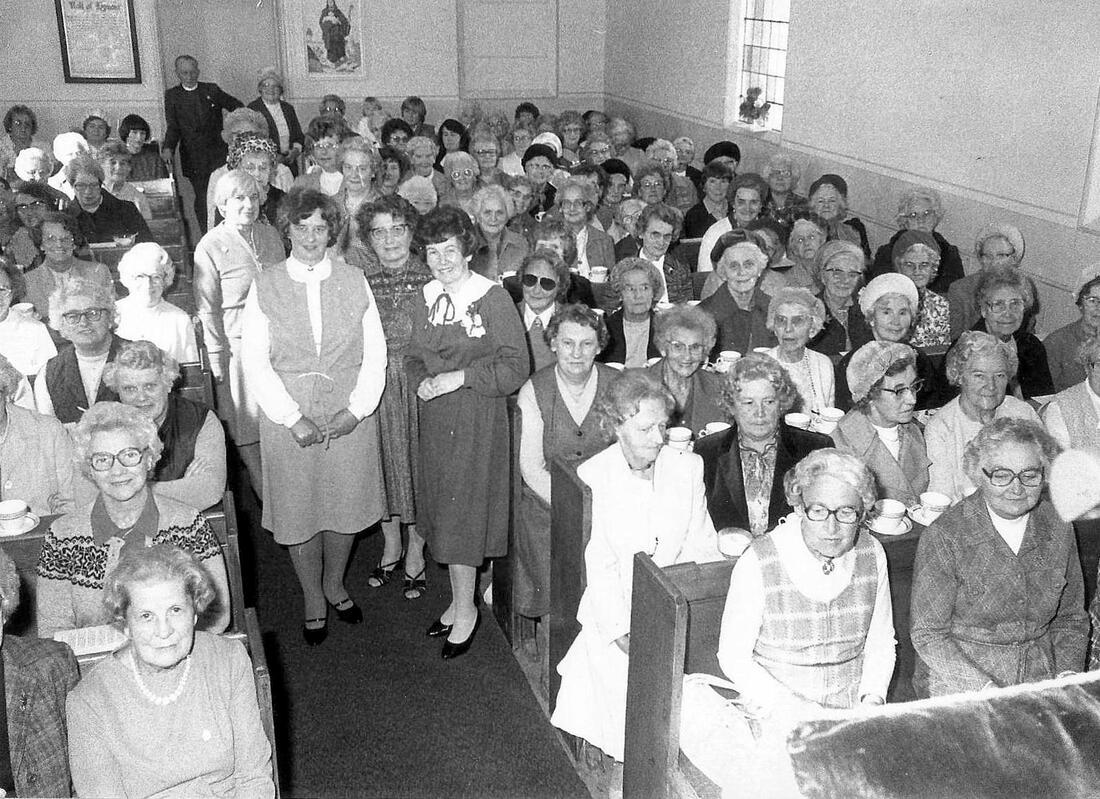
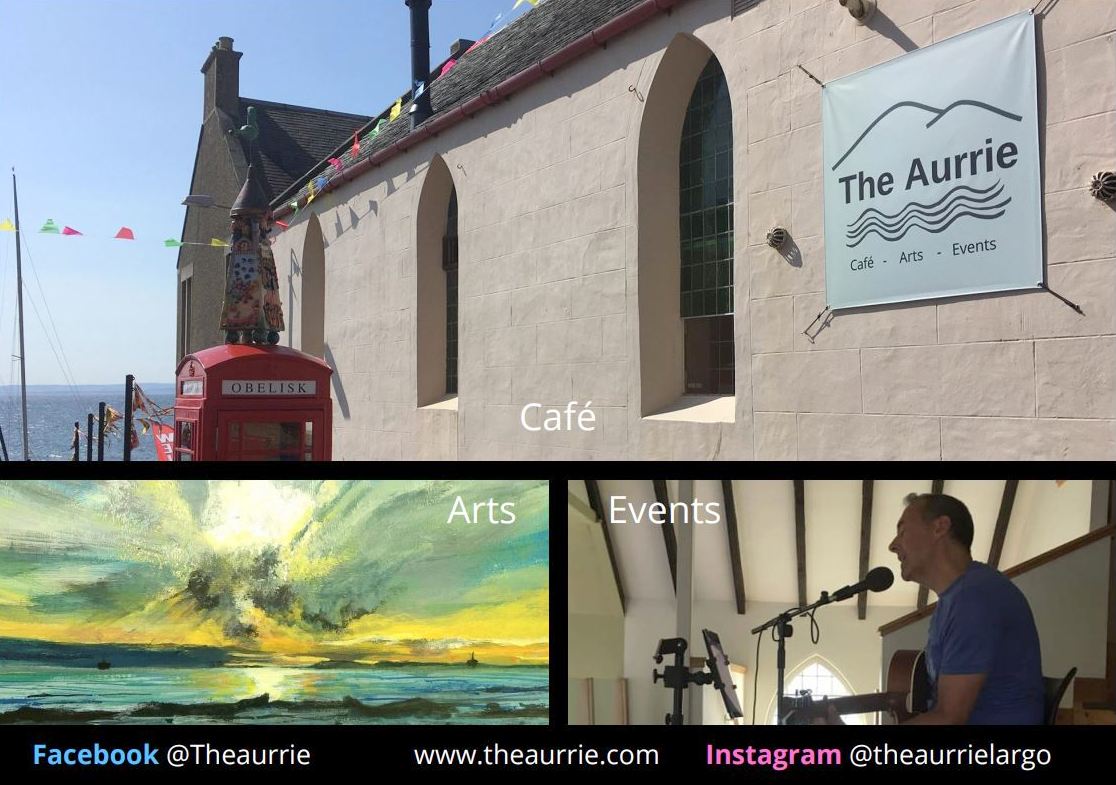
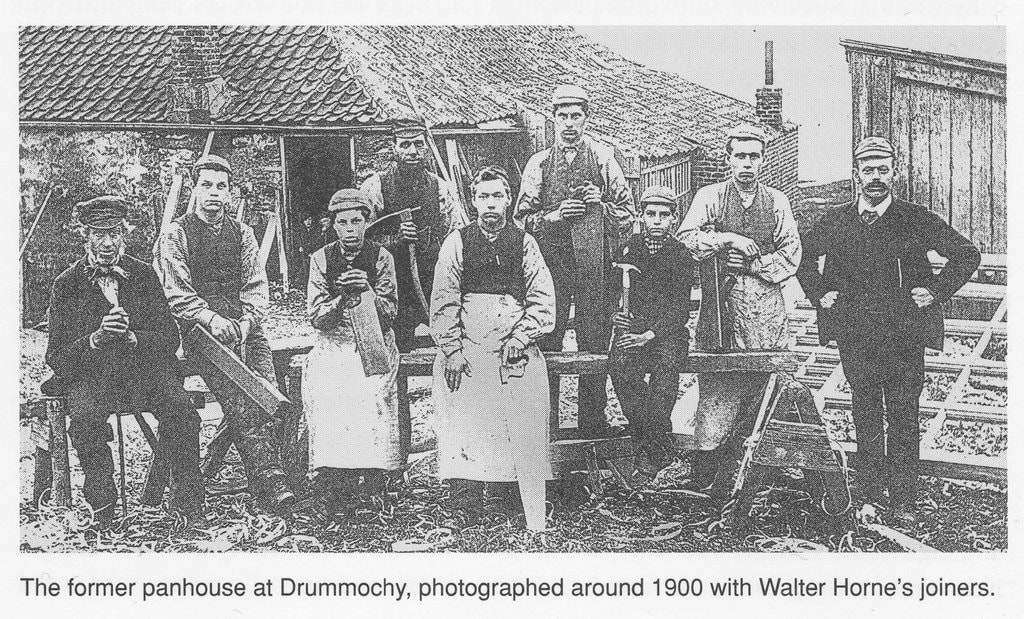
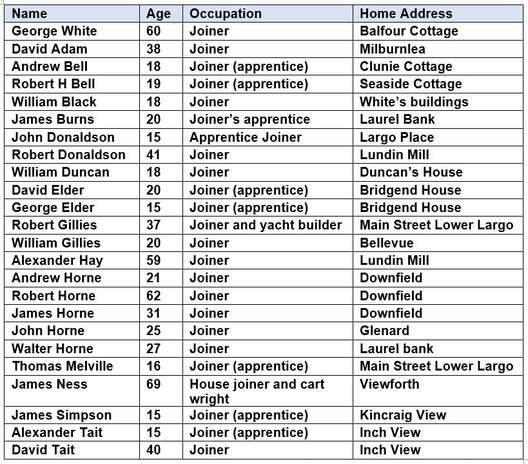
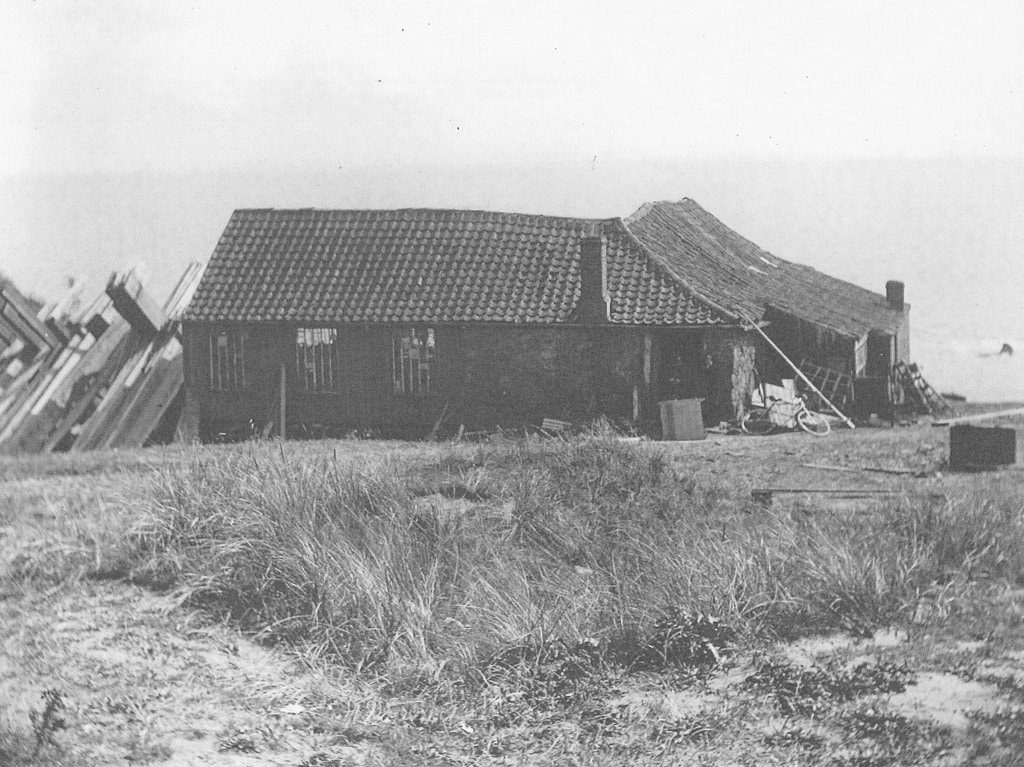
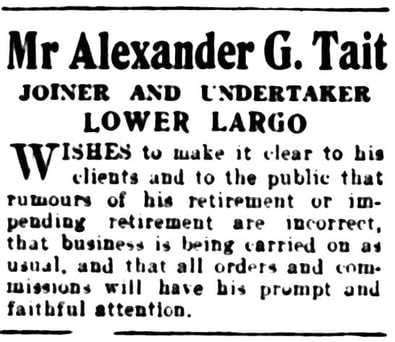
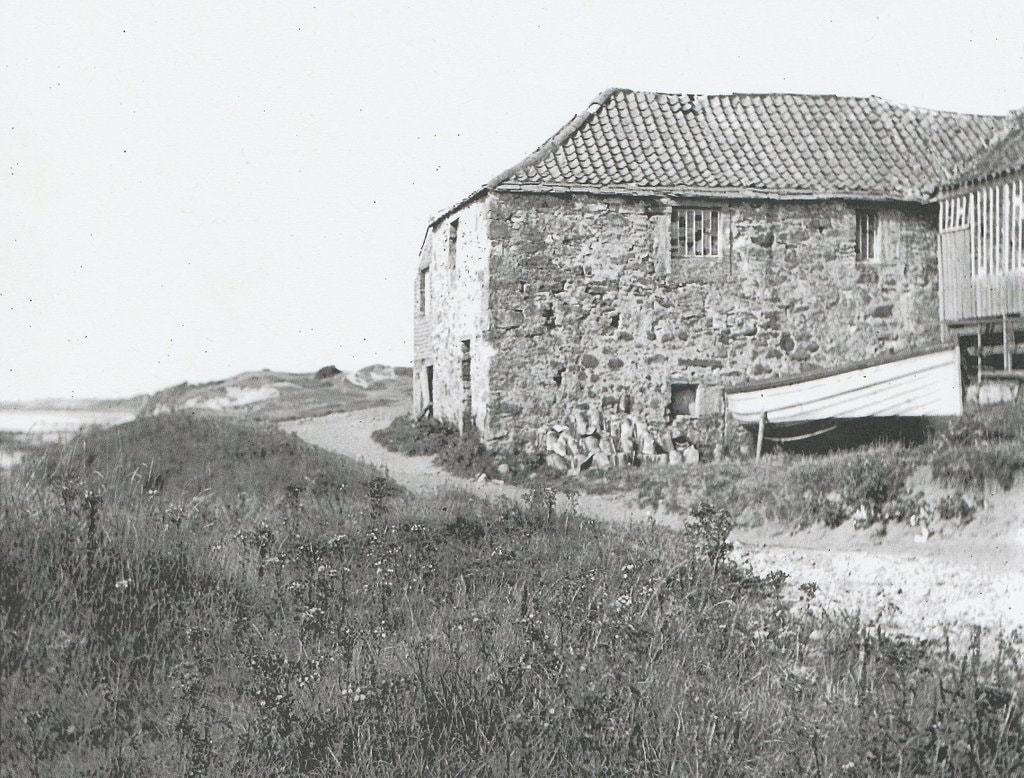
 RSS Feed
RSS Feed
